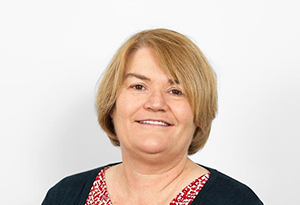When thinking about the environment for our two year olds to play and learn we need to remember a few key factors. Two year olds need small spaces to be quiet and cosy as well as large spaces to use all their physical skills. They need to have many opportunities to engage in sensory activities; this encourages their natural curiosity and helps them to understand some of the possibilities of what they can do. They respond well to simple open-ended resources; and activities that focus on building concentration, problem solving language and skill building. It’s good to start by building on what they already know, what they need and what will hold their attention and imagination. Well placed supportive adults also play a huge role in getting the environment right for two year olds.
So definitely not as easy as it sounds.
If, in the last week or so, you stood back and watched a room full of children and adults all engaged in purposeful play, then chances are you understand what a good environment needs to have. If however, you have seen some children wandering around the room appearing unsure of what to do or play with; then reviewing your environment should be a priority.
A two year-old needs to see what is on offer at the beginning of play. The first thing to do is to make sure you are not confusing continuous provision with storage.
Look at these two photos of Maths provision for two year olds. Both are offered as part as an enabling environment for children to use. One is ready to play and one is not, so one is storage and one is continuous provision.
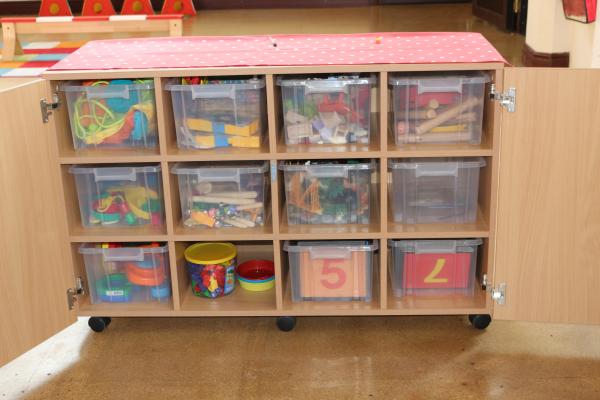
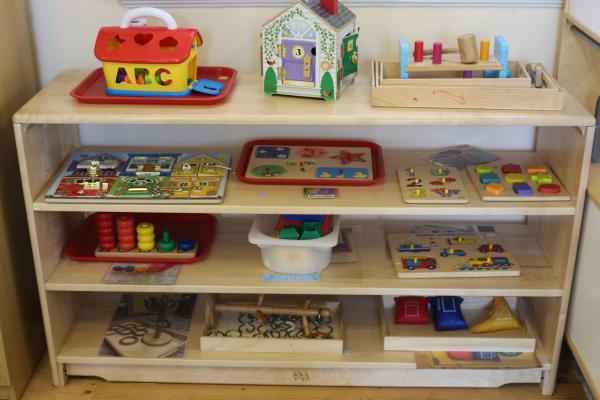
Storage: Many full boxes packed into a unit, often with a rug in front of it. When offering this type of provision, practitioners often say ‘the children can get out what they want’ but for a two year old this may mean lifting down a heavy box and then either tipping it all out or simply playing from what is in the top of the box. Offering resources in this way is not the most appropriate way to engage children in a rich learning experience as often, by the time they have the resources they want and got to a point of deep play, it is tidy up time or time for a story. It also relies on children being able to build a meaningful play experience out of a box of resources. Not a skill all two year olds have.
Continuous provision: accessible resources ready to play. Set up individually so that children can see what there is and what the starting point to play might be. Continuous provision allows children to select resources that are ready to use and set up to complement the area they are playing in. For example, this picture is of a small world continuous provision in a Hertfordshire nursery.
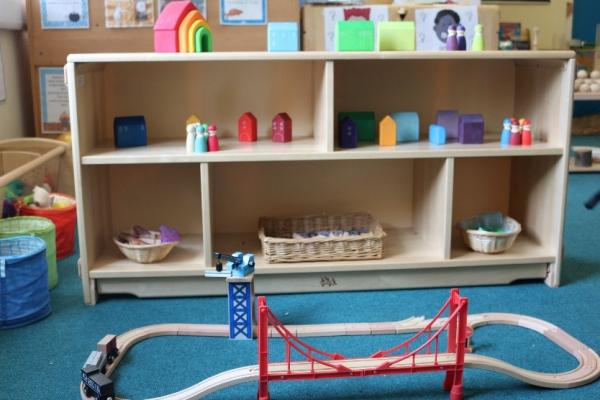
Notice how the resources are set up to complement the play. Therefore, if a child would like to add people to the train play, then they know where they are. Notice also that there is not a huge amount of resources on the shelf. No storage here. Just a select amount of resources. This way, both the children and the adults can focus on language and extending play.
It gets better!
Many of our Hertfordshire settings are moving away from offering predominately plastic to children. Instead, providing children with resources and objects from the real world.
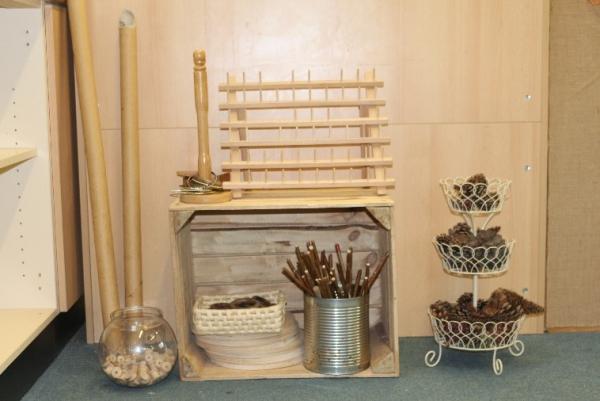
Natural materials provide children with more tactile stimulation than plastic. They have different textures and smells. They also have a place in the real world, allowing children to make sense of their environment and link their own experiences through their play.
This quote from Margaret McMillan, a pioneer of nursery education, is over 100 years old, but is as true today as it was then.
‘Most of the best opportunities for children’s achievement lie in the domain of free play, with access to varied materials’. Margaret McMillan 1914
This means offering a variety, not just of resources but also of textures, possibilities, problems to be solved, excitement, motivation, curiosity, familiarity and challenge through real objects and natural materials.
So maybe it’s time to review your environment, tidy up and sort out your continuous provision to ensure all your two year olds are motivated to engage and learn.
Some of the photos used in this blog and many more can be found in the HFL Education publication ‘Places to Play for 2 year olds’.
This exciting resource complements ‘Places to Play for 3-5 year olds’ and shares good practice in several areas including the adult’s role, vocabulary, children's voice as well as many ideas for enhancing your places to play for 2 year olds, covering 20 areas of provision.
